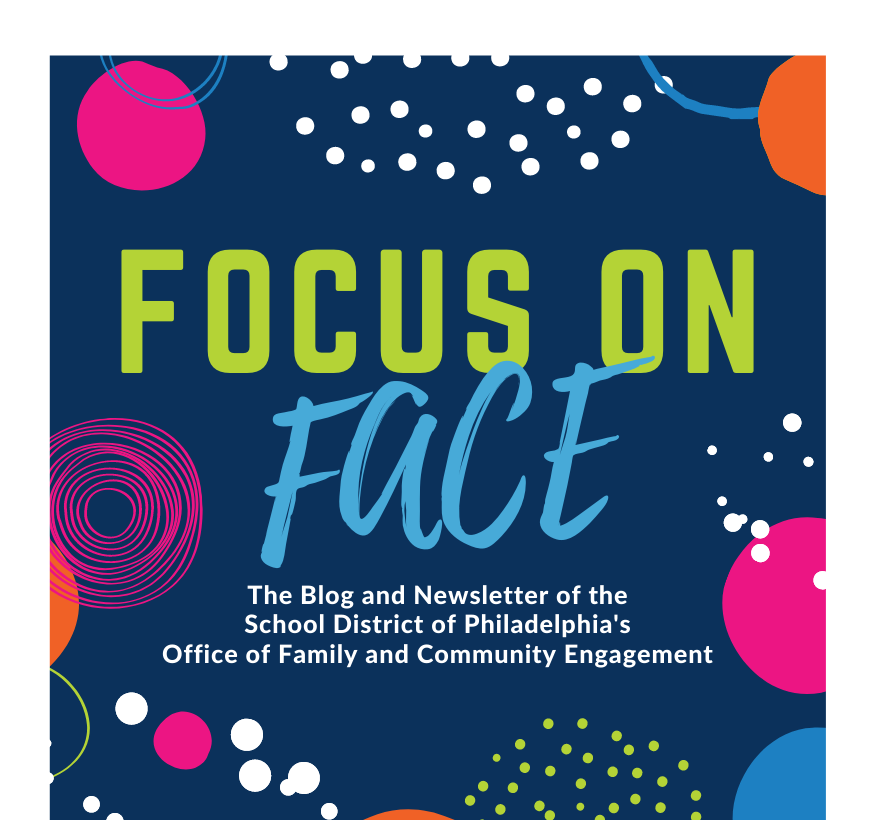 School Advisory Councils (SACs) are a beneficial platform for school stakeholders to take part in learning about and discussing school issues. The members of a SAC are not only from within the school but also stakeholders outside of the school who may have great things to contribute to the school community.
School Advisory Councils (SACs) are a beneficial platform for school stakeholders to take part in learning about and discussing school issues. The members of a SAC are not only from within the school but also stakeholders outside of the school who may have great things to contribute to the school community.
Want more community representation in your SAC? Here are some tips on getting community members involved:
- One of the best ways to connect with community members is simply to pay them a visit or give them a call and have a conversation. Visit local businesses and talk with them about your goals for better community-school partnerships and ways that they can get involved at your school.
- Use existing connections and resources from parents and members of your SAC. Why look far and wide when many members of your school community may already be a part of local organizations? Survey families, students, and staff about things that they are involved in. You can ask families questions about what organizations in the community they are involved in. Examples of community organizations include banks, hospitals, churches, hair salons, grocery stores, and other service-based businesses.
- Connect with your local Free Library of Philadelphia branch. Libraries are great public hubs where many community members hang out. You may be able to put up posters, leave flyers, or attend any public events that the library hosts where you can promote your SAC. This can be a place where meaningful connections can happen.
- Allow community members to participate in teaching. Find opportunities to connect what students are learning in the classroom with real world examples and applications. If students are doing a unit on plants and seeds, they could visit a local garden or arboretum, and the members who work at these places could connect with teachers and school staff. These connections can open up future opportunities for community members to participate in your school and join your SAC to stay invested.
- Don’t just ask what the community can do for the school, but ask what the school can do for the larger community as well. What school resources might be useful to other community groups? There may be neighborhood projects or community events that students could take part in.
It can be hard to get the ball rolling for community members to be involved in your SAC. It helps to make a plan. Rather than trying to reach out to every single community organization or business at one time, start with a small, manageable goal and work towards this goal. Maybe you want to start by putting out a survey to your staff about existing connections they have in the community. Or maybe you want to start by reaching out to a few specific local businesses.
There can be many benefits to a community member taking part in a SAC. They might be a member who knows the larger community of the school and how school-wide issues may connect with larger community issues. It may be difficult to find community members who are willing to sit on a SAC, but the effort is well worth it to get all voices to contribute to the school conversation.
Need help with SAC at your school? Reach out to your Family Engagement Liaison, call 215-400-4180, Option #3, or email sac@philasd.org!
Sources:
Coalition for Community Schools: Community and Family Engagement: Principals Share What Works

